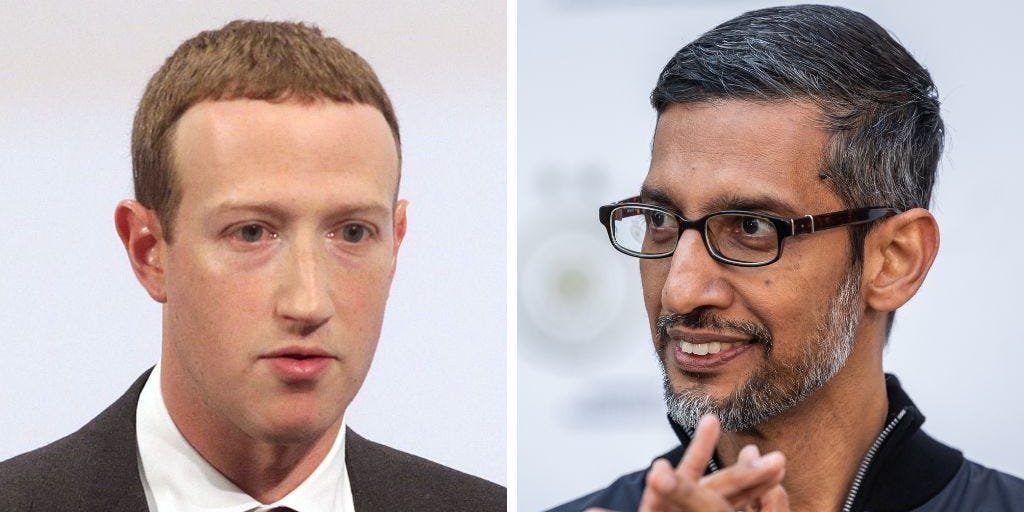
The UK is looking towards an eventual all-internet delivered broadcast future, provided universal and free access is maintained, but digital terrestrial TV (DTT) transmissions are still part of the picture for at least the next 10 years.
Last week the UK government responded to a report by the country’s communications regulator Ofcom by declaring its commitment to the delivery of broadcast OTA TV services for the next decade.
Beyond that though and its future is uncertain. A managed and gradual transition to broadband delivery over several decades seems most likely if every household in the UK is to retain the ability to watch the biggest free-to-air broadcasters BBC, ITV, Channel 4, and Channel 5.
DTT (Digital Terrestrial Television) refers to the TV transmission infrastructure used to deliver TV over-the-air (OTA). In the U.S the specification for delivery is defined by ATSC with version 3.0 currently being rolled out. In the UK (and most of Europe) the specifications are defined by Digital Video Broadcasting with DVB-T2, published in 2009, the current generation.
The service using DVB-T2 in the UK is called Freeview and as the name suggests it is free to view. It launched in 2002 as a joint venture of the main broadcasters (BBC, ITV, Channel 4, Channel 5 and Sky) and is operated by holding company Everyone TV.
The UK also has a free digital TV satellite platform from the BBC and ITV called Freesat, serving about 1 million homes, again operated by Everyone TV.
It is these free DTT and satellite delivered services which are under threat, with broadcasters citing the rising cost of the older deliver method versus that of streaming. Pay TV operator Sky is also moving away from using satellite and DTT to stream its content to platforms like Sky Glass and Sky Stream.
The background to Ofcom’s report is the changing nature of the TV ecosystem where audiences in the UK as elsewhere are shifting from linear to digital services streamed to smart TVs.
On average, individuals in the UK spent 25% fewer minutes per day watching broadcast TV in 2023 compared to 2018. Projections in the report suggest a continued decline in scheduled TV channel viewing through DTT and satellite, dropping from 67% in 2022 to 27% by 2040.
In a speech to the Digital Television Group last week, UK government media, data and digital infrastructure Minister Julia Lopez said that with an estimated 99% of TVs sold in the UK next year being internet-enabled, it was clear that IPTV was going to be a big part of TV’s future.
Cable TV player Virgin has also launched a subscription-based IP proposition, alongside free linear streaming services offered by and embedded in OEM’s smart TV interfaces such as LG Channels, Samsung TV Plus (known in the US as free ad-supported streaming TV aka FAST services) and – most recently – Freely.
Backed by BBC, ITV, Channel 4, and Channel 5, Freely is a free streaming service that allows users to watch live TV via the internet. It launched last month as an intended replacement for Freeview.
Lopez said the government wants to encourage the sector to keep embracing innovation and technological development, “but we’re not going to pull the rug from under the devoted audiences of Freeview channels.
“That’s why we’ve committed to the future of DTT until 2034.”
She said the government would now assess evidence, of which Ofcom’s report was a part, over a ten-year timeframe.
“It’s not just a simple dichotomy between DTT and IPTV – but the potential to enable audiences to choose between multiple competing platforms, just as they can now,” Lopez said.
The government has commissioned independent research on this topic. To be published soon, Lopez said that this research estimates that by 2040, 99% of homes in the UK will have an IP-enabled TV.
“On current trends, the number of homes without access to IPTV will fall to one and a half million by 2035 – but this still represents 7% of homes,” she said. “But we also have a responsibility to audiences to ensure they continue to have access to reliable, free to view television in a format that’s familiar to them.
“And the further and faster the transformation, the stronger this responsibility becomes.”
Ofcom’s report found that so far “significant migration of audiences online has been organic” but that whether migration is gradual or managed, there will be increased reliance on the UK’s networks for video streaming in the future.
It cautioned that an ‘unmanaged transition’ – without either investment in DTT, 5G or fixed broadband infrastructure – would mean that the audiences who rely on DTT “could face a decline in the range and quality of choice.”
It stated: “Without a clear vision and careful planning for the long term that includes all audience groups, these decisions could cumulatively weaken the level of provision, and threaten the universality of public service TV.”
One option is to upgrade the current DTT platform “to deliver greater efficiency and quality” though broadcasters are reluctant to do this, citing the cost relative to the declining number of DTT audiences.
Alternatively, it could manage a reduced or slimmed down DTT network in a gradual phase out until all homes in the UK are served with some form of fixed or wireless IP connectivity.
The final long-term approach would be a complete switch-off of the DTT infrastructure and a managed transition to IP-only distribution.
A managed transition to IP-only delivery would require “ongoing investment” in internet infrastructures to manage the load on networks and higher peaks from linear TV viewing.
Ofcom concluded that switching off DTT entirely would save considerable costs for larger broadcasters by reducing the need to fund distribution of their services across all current platforms simultaneously.



